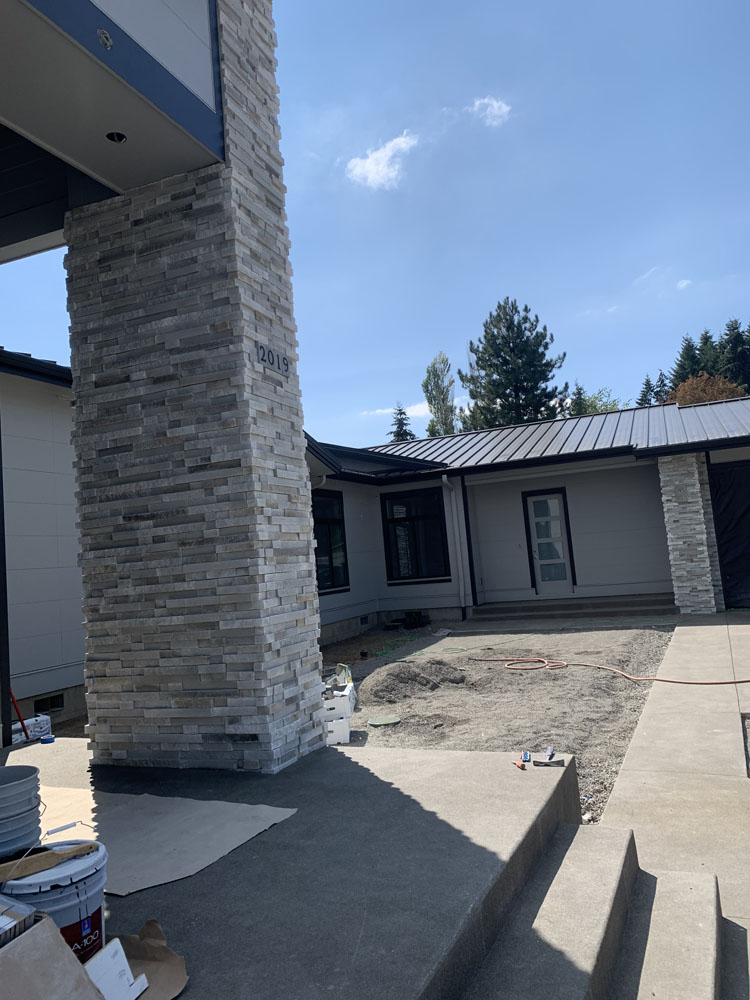Introduction
In a world where safety should always come first, understanding the nuances of safety inspections and being able to recognize immediate concerns is paramount. Whether you’re a homeowner, a business owner, or simply someone who cares about the well-being of those around you, having expert advice can make all the difference. This comprehensive guide will delve into various aspects of safety inspections, focusing on potential hazards such as masonry chimney repair, emergency protocols, and more.
The stakes are high; lives could depend on your ability to identify risks and act promptly. So, let’s dive in!
Expert Advice on Safety Inspections and Recognizing Immediate Concerns
Understanding Safety Inspections
Safety inspections are systematic evaluations designed to identify any potential hazards in a specific environment. Masonry chimney repair They help ensure compliance with regulations and standards while protecting both people and property.
Types of Safety Inspections
Routine Inspections: Regular checks that occur at predetermined intervals. Surprise Inspections: Unscheduled checks aimed at gauging real-time conditions. Post-Incident Inspections: Conducted after an accident to identify causes.Why Are Safety Inspections Critical?
The importance of safety inspections cannot be overstated. They serve multiple purposes:
- Risk Mitigation: Identifying hazards before they cause harm. Legal Compliance: Meeting governmental regulations. Insurance Benefits: Lower premiums when risks are minimized.
Key Elements of Effective Safety Inspections
To conduct effective safety inspections, one must focus on several critical elements:
- Thoroughness: Inspect every nook and cranny. Documentation: Keep detailed records for accountability. Team Involvement: Involve staff for varied perspectives.
Identifying Immediate Concerns: What You Need to Know
Recognizing immediate concerns is crucial in preventing accidents or emergencies. But how do you know what to look for?
Common Red Flags During Inspections
Cracks in walls or foundations Signs of water damage Malfunctioning electrical systemsMasonry Chimney Repair: An Often Overlooked Concern
A masonry chimney not only adds aesthetic value but also plays a vital role in venting dangerous gases from your home. Neglecting its maintenance can lead to severe consequences.
Signs Your Chimney Needs Repair
- Crumbling bricks or mortar Water leaks inside your home Unpleasant odors emanating from the chimney
Emergency Protocols: What Should You Do?
When immediate concerns arise, knowing how to react can save lives.
Creating an Emergency Plan
Identify possible emergencies (fire, gas leak). Establish evacuation routes. Conduct regular drills.Tools Required for Effective Safety Inspections
Having the right tools at your disposal can significantly enhance inspection quality.
| Tool | Purpose | |-------------------|-------------------------------------------| | Flashlight | To inspect dark areas | | Moisture Meter | To detect water damage | | Thermal Camera | For identifying heat loss |

Training Staff for Safety Awareness
Education is key to fostering a culture of safety within any organization.
Effective Training Techniques
Workshops focusing on hazard recognition Hands-on training sessions Regular quizzes and refresher coursesFAQs
Q1: How often should I conduct safety inspections?
A1: It depends on your environment; however, routine monthly inspections are generally recommended.
Q2: What should I do if I find a hazard?
A2: Document it immediately and address it as per your emergency protocol.
Q3: Are there specific regulations that govern safety inspections?
A3: Yes, each industry has guidelines; familiarize yourself with local laws relevant to your field.
Q4: How do I choose a qualified inspector?
A4: Look for certifications, experience in your specific industry, and positive reviews from past clients.
Q5: Can I perform my own safety inspection?
A5: While self-inspection is beneficial, hiring professionals ensures thoroughness and compliance with regulations.
Q6: Is masonry chimney repair something I can do myself?
A6: While minor repairs may be manageable for some homeowners, it’s best to consult professionals for significant issues.
Conclusion
In conclusion, understanding the intricacies involved in safety inspections and recognizing immediate concerns is imperative for anyone responsible for maintaining a safe environment—be it at home or work. From ongoing maintenance like masonry chimney repair to emergency preparedness plans, staying informed equips you to handle any situation that may arise effectively.
Safety Go here isn’t just a checklist; it’s a lifestyle choice that demands diligence and expertise. By following expert advice on safety inspections and recognizing immediate concerns outlined throughout this article, you’re taking proactive steps toward creating a safer space for everyone involved—an investment worth every moment spent!
This article aims not only to inform but empower readers with actionable insights into effective safety practices—laying the groundwork for improved awareness and risk management strategies that can stand the test of time!